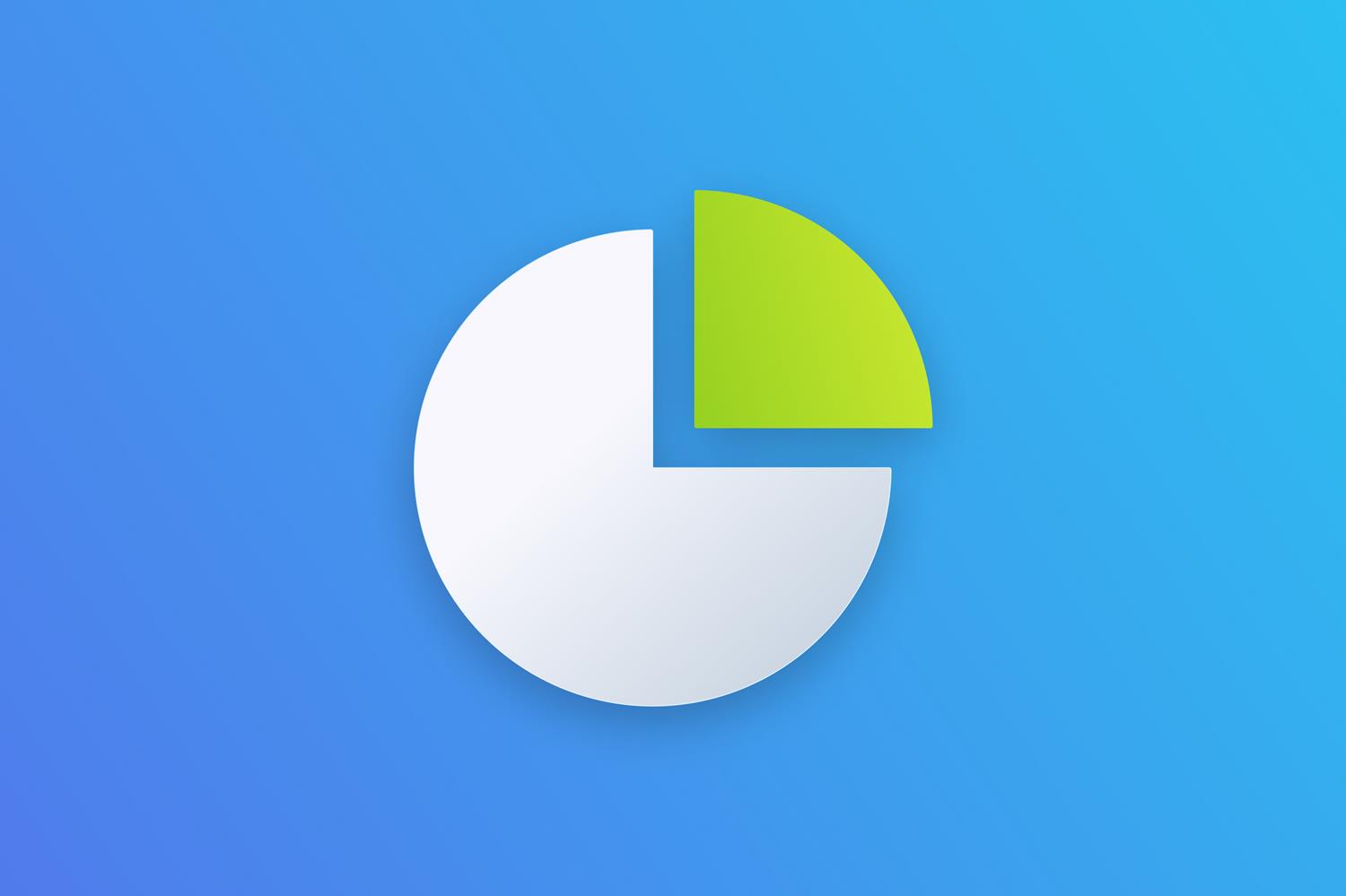In earlier Roadmap for Beginners articles, we provided a step-by-step plan for entering the IT industry for potential Java, Front-End, and.NET developers, test automation engineers, and DevOps professionals.
But what about IT professions that are considered “non-technical”? Today, we are marking the route to one of the most popular specializations for those who do not see themselves as either developers or testers. Welcome to business analysis! Mariia Basiuk, Senior Business Analyst at EPAM and an experienced mentor of EPAM Campus educational programs, will help us navigate this area.
There is a common belief that previous experience in a different industry increases the chances of success in business analysis. To some extent, that is true because being closely familiar with the workings of a particular industry allows you to understand customer requirements better and speak the same language with them in the context of business terminology.
In practice, business analysts work on various projects throughout their careers, which exposes them to different industries, or, in professional terminology, business domains. However, there are skills and abilities that every business analyst should possess, regardless of the project's specifics. You can find these competencies below in our chart.
So, where do I start?
- Watch a short video about a typical day in the life of a business analyst to make sure you've made the right choice. Subscribe to the Business Analysis Excellence channel and gradually learn business analysis tools and techniques with their instructive videos.
- Read Software Requirements by Karl Wiegers. It is an excellent guide to understanding the basic principles of business analysis, written in a clear, clever way with real-life examples that help you better grasp the role of an analyst in business processes.
- Learn the basics of the software development life cycle (SDLC) and key frameworks.
- Get acquainted with the Scrum methodology, commonly used in projects. The Scrum Guide and other resources on www.scrum.org will help you learn how to integrate Scrum ceremonies into teamwork.
- Learn how to use either Jira or Confluence. Business analysts work closely with project customers or stakeholders, interpreting business requirements, documenting them, and communicating them to the development team. BAs mostly use these tools for this purpose.
- Harness the potential of artificial intelligence to perform the day-to-day practical tasks of a business analyst. For example, speed up the writing of follow-up notes after meetings using Microsoft Copilot, ChatGPT, or similar tools.
- Practice writing user stories as business analysts work with this type of documentation daily. Read User Stories Applied: For Agile Software Development for a more in-depth understanding.
- Keep your knowledge up-to-date and follow the news and trends in business analysis. I recommend BAtimes for that.
- Take note of Value Proposition Design by Alexander Osterwalder, Yves Pigneur, Greg Bernarda, Alan Smith, and Trish Papadakos, and Business Model Generation by Alexander Osterwalder and Yves Pigneur. These books can be extremely beneficial for those interested in working in IT but not pursuing a software developer career.
And finally, let us answer the most popular question beginners ask: do business analysts need to have technical skills? We can assure you that business analysts usually don't have to write code, at least as part of their job duties, but the ability to create a database query will come in handy. A solid basic knowledge of the technologies used in the project is also a must, as it is necessary for identifying the best solution for the project customer and communicating productively with the development team.



_03400068.png)


_04121987.png)

